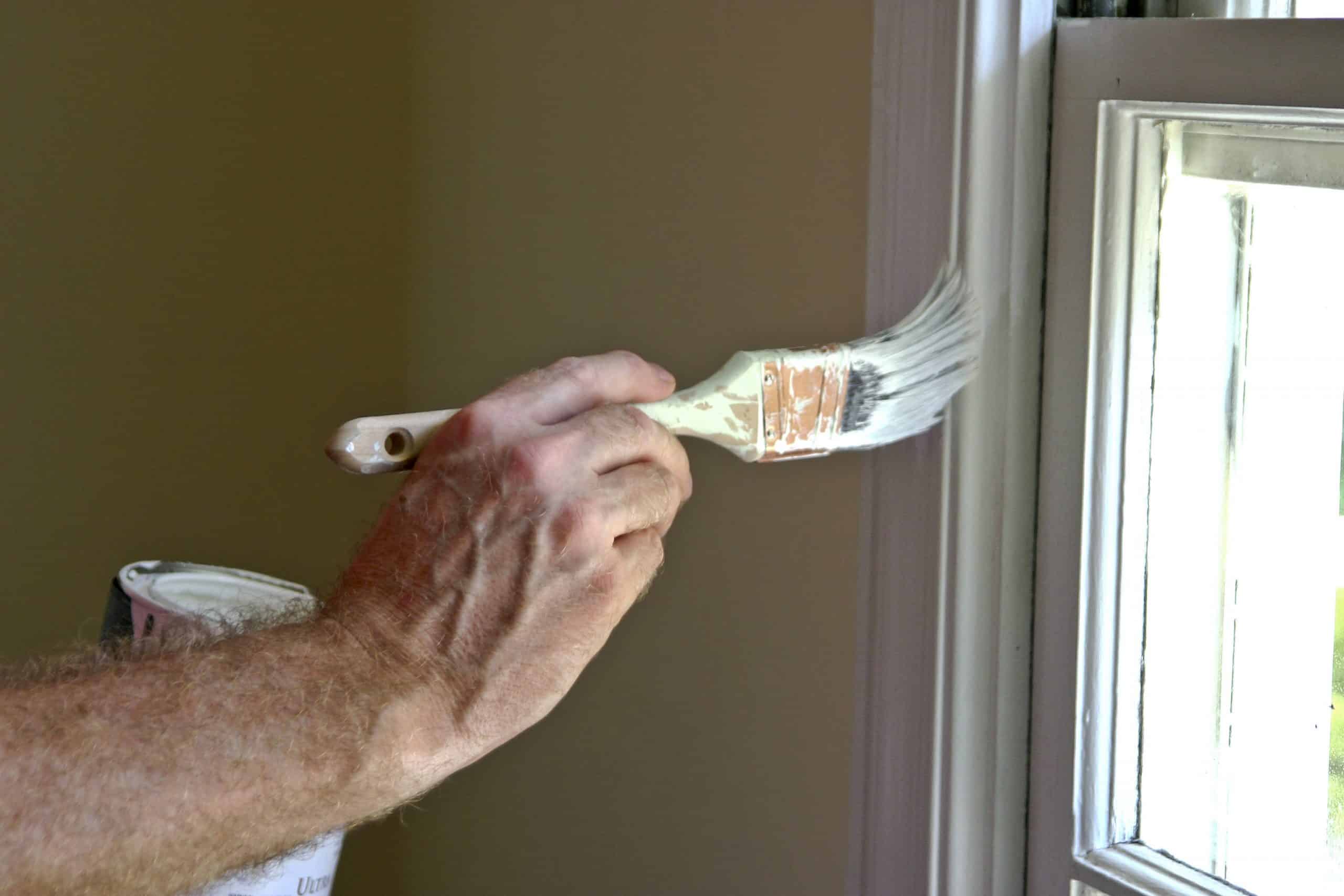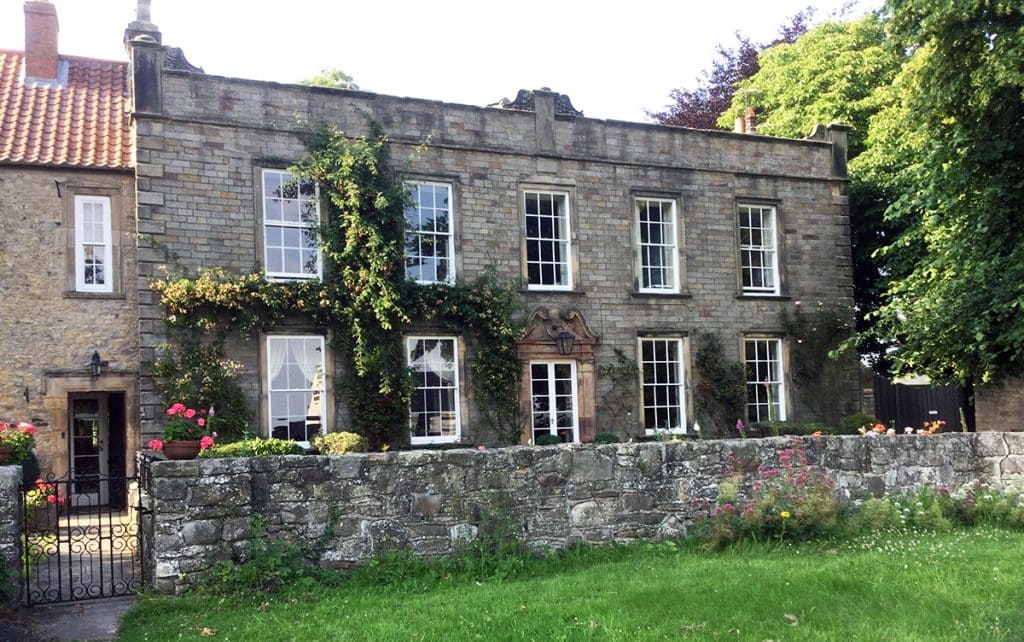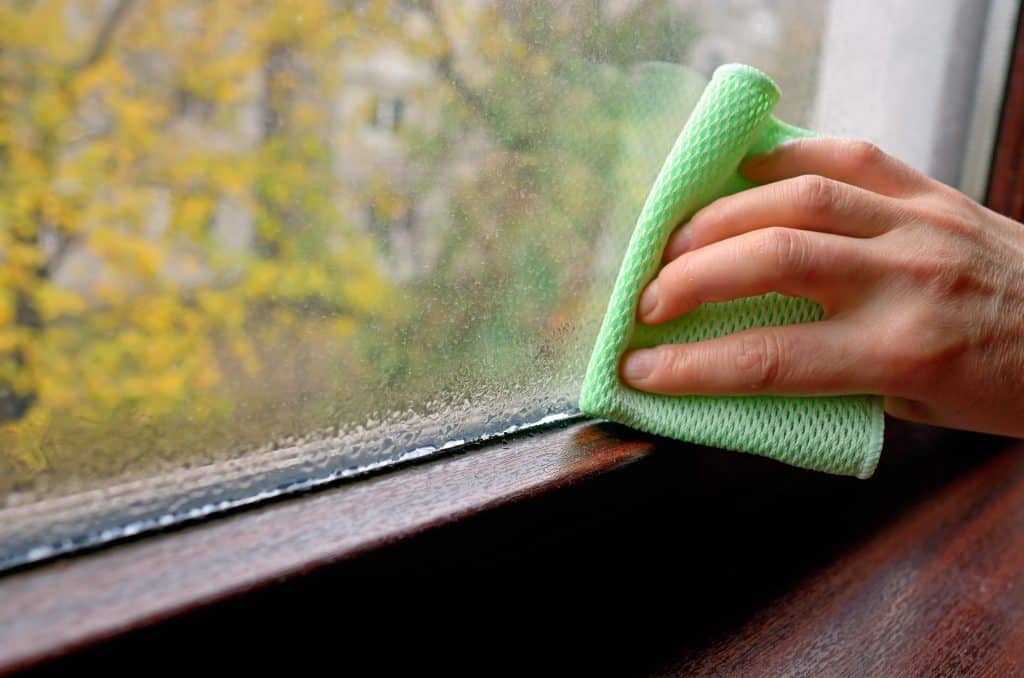Understanding the Impact of Moisture on Timber Windows
Wood and Water
Timber windows add a touch of elegance and warmth to any property, but their vulnerability to moisture poses a significant challenge. When timber windows are exposed to wet conditions, they can undergo various changes that compromise their structural integrity and aesthetic appeal. In this article, we will explore what happens to timber windows when they are wet and provide valuable insights on how to prevent and mitigate the effects of moisture.
The Effects of Moisture on Timber Windows
1. Swelling and Shrinkage
One of the primary consequences of timber windows being exposed to moisture is swelling. Wood is hygroscopic, meaning it absorbs and releases water depending on the surrounding humidity levels. As timber absorbs moisture, it swells, and as it dries, it shrinks. This constant cycle can lead to warping, making the windows difficult to open or close.
2. Decay and Rot
Moisture provides an ideal environment for fungi and bacteria to thrive, leading to decay and rot in timber windows. Once the wood starts to rot, it loses its strength and can no longer provide the necessary support. Rot can spread rapidly, compromising the entire structure of the window.
3. Paint and Finish Damage
Moisture can also adversely affect the paint and finishes on timber windows. Continuous exposure to water can cause the paint to peel, crack, or blister, exposing the wood underneath. This not only detracts from the aesthetic appeal but also accelerates the wood’s susceptibility to further moisture damage.
Preventive Measures to Protect Timber Windows

1. High-Quality Sealants and Finishes
Investing in high-quality sealants and finishes is crucial for protecting timber windows from moisture. Sealants create a barrier that prevents water infiltration, reducing the likelihood of swelling and decay. Regularly applying a fresh coat of paint or finish can enhance the protective layer and extend the lifespan of the windows.
2. Proper Installation and Ventilation
Ensuring that timber windows are installed correctly is essential in preventing moisture-related issues. Proper installation includes the use of effective flashing and caulking to seal gaps and joints. Additionally, promoting adequate ventilation around the windows helps to regulate humidity levels and minimises the risk of condensation.
3. Regular Maintenance
Regular maintenance is the key to preserving the longevity of timber sash windows and casement windows. This includes inspecting for any signs of damage, promptly addressing issues such as peeling paint or visible water damage, and reapplying paint and protective coatings as needed. Timely intervention can prevent minor problems from escalating into more significant issues.
Moisture Needs Managing with Wooden windows
While timber windows lend a timeless charm to homes, their vulnerability to moisture demands careful attention and proactive measures. Understanding the effects of moisture on timber windows allows homeowners to implement preventive strategies and ensure the longevity of these classic architectural features. By investing in quality materials, proper installation, and ongoing maintenance, homeowners can enjoy the beauty of timber windows without the worry of moisture-related deterioration.

How Do Ventrolla’s Systems Help Protect Wooden Windows From Moisture?
Ventrolla’s systems are designed to address the specific challenges associated with timber windows, particularly those related to moisture and the effects of time. Here’s how Ventrolla’s systems can help:
1. Draught Proofing:
- Issue Addressed: Draughts can contribute to heat loss and increase the risk of moisture entering the window frame.
- Ventrolla’s Solution: Ventrolla offers draught-proofing solutions that effectively seal gaps and prevent unwanted air circulation. This not only improves energy efficiency but also helps in controlling moisture ingress.
2. Sash Window Overhaul:
- Issue Addressed: Over time, sash windows may suffer from wear and tear, leading to operational issues and increased vulnerability to moisture.
- Ventrolla’s Solution: Ventrolla’s sash window overhaul involves a comprehensive refurbishment process. This includes repairing or replacing damaged components, ensuring smooth operation, and enhancing the overall structural integrity of the window.
3. Double Glazing:
- Issue Addressed: Single-glazed windows provide less insulation and are more susceptible to temperature fluctuations and condensation.
- Ventrolla’s Solution: Ventrolla offers double-glazing solutions for timber windows. This involves adding an extra pane of glass, enhancing insulation, reducing condensation, and improving overall energy efficiency.
4. Timber Window Replacement:
- Issue Addressed: In cases of severe damage or decay, a complete replacement of the timber window may be necessary.
- Ventrolla’s Solution: Ventrolla provides timber window replacement services, ensuring that the new windows are crafted with high-quality materials and are tailored to match the existing architectural style.
5. Repair and Restoration:
- Issue Addressed: Timber windows may exhibit signs of decay, rot, or damage to the paint and finishes.
- Ventrolla’s Solution: Ventrolla specialises in timber window repair and restoration. Skilled craftsmen can address decayed sections, replace damaged elements, and restore the aesthetic and functional aspects of the windows.
6. Bespoke Joinery:
- Issue Addressed: Sometimes, standard off-the-shelf solutions may not be suitable for unique or historic window designs.
- Ventrolla’s Solution: Ventrolla offers bespoke joinery services to create tailor-made components that match the specific design and dimensions of the existing timber windows, ensuring seamless integration.
7. Preservation of Heritage Windows:
- Issue Addressed: Heritage windows require special attention to maintain their historical authenticity while addressing modern comfort and performance standards.
- Ventrolla’s Solution: Ventrolla is experienced in preserving heritage windows, combining traditional craftsmanship with modern techniques to uphold the historical integrity of the windows while enhancing their functionality.
In summary, Ventrolla’s systems provide a holistic approach to addressing various challenges associated with timber windows. Whether it’s draught proofing, overhauling, retrofitting with double glazing, or a complete replacement, Ventrolla’s solutions are tailored to enhance the performance, energy efficiency, and longevity of timber windows while preserving their unique character.

Timber Windows and Moisture FAQ
Q1: What happens to timber windows when exposed to moisture?
A: Timber windows can experience swelling and shrinkage due to the absorption and release of water. This cycle can lead to warping, making the windows difficult to operate. Additionally, prolonged exposure to moisture can cause decay, rot, and damage to paint and finishes.
Q2: How does moisture lead to decay and rot in timber windows?
A: Moisture creates an ideal environment for fungi and bacteria to thrive. When timber windows are consistently wet, it can lead to decay and rot, compromising the structural integrity of the wood. This can spread rapidly and, if left untreated, may necessitate window replacement.
Q3: Can the paint and finish on timber windows be damaged by moisture?
A: Yes, continuous exposure to moisture can cause the paint and finishes on timber windows to peel, crack, or blister. This not only affects the aesthetic appeal but also accelerates the wood’s susceptibility to further damage.
Q4: How can homeowners protect timber windows from moisture?
A: Homeowners can take several preventive measures, including using high-quality sealants and finishes, ensuring proper installation and ventilation, and implementing regular maintenance routines. These steps collectively help create a protective barrier and extend the lifespan of timber windows.
Q5: What role do sealants and finishes play in protecting timber windows?
A: High-quality sealants and finishes act as a barrier against water infiltration. They help prevent swelling, decay, and damage to paint by creating a protective layer on the surface of the wood. Regularly applying these products enhances their effectiveness and contributes to the longevity of timber windows.
Q6: How important is proper installation in preventing moisture-related issues?
A: Proper installation is crucial in preventing moisture-related problems. Effective flashing and caulking should be used to seal gaps and joints around the windows. This, combined with proper ventilation, helps regulate humidity levels and minimises the risk of condensation and moisture infiltration.
Q7: What is the significance of regular maintenance for timber windows?
A: Regular maintenance is key to preserving the longevity of timber windows. Homeowners should inspect for signs of damage, promptly address issues such as peeling paint or visible water damage, and perform routine checks. Timely intervention can prevent minor problems from escalating into more significant and costly issues.
Q8: Can timber windows be restored if they have already been damaged by moisture?
A: Restoration is possible depending on the extent of the damage. Promptly addressing issues and seeking professional assistance can help salvage timber windows. In some cases, damaged sections may need to be replaced, and the entire window may require refinishing.
Q9: Are there specific climates where timber windows are more prone to moisture damage?
A: Timber windows are more vulnerable in humid climates where there is a higher likelihood of prolonged exposure to moisture. However, proper preventive measures are effective in mitigating the impact of moisture, making timber windows suitable for various climates.
Q10: Can homeowners perform maintenance tasks on timber windows themselves?
A: Yes, homeowners can perform basic maintenance tasks, such as inspecting for visible damage, repainting, and applying sealants. However, for more extensive repairs or restoration, it is advisable to seek professional assistance to ensure the proper preservation and longevity of timber windows.
